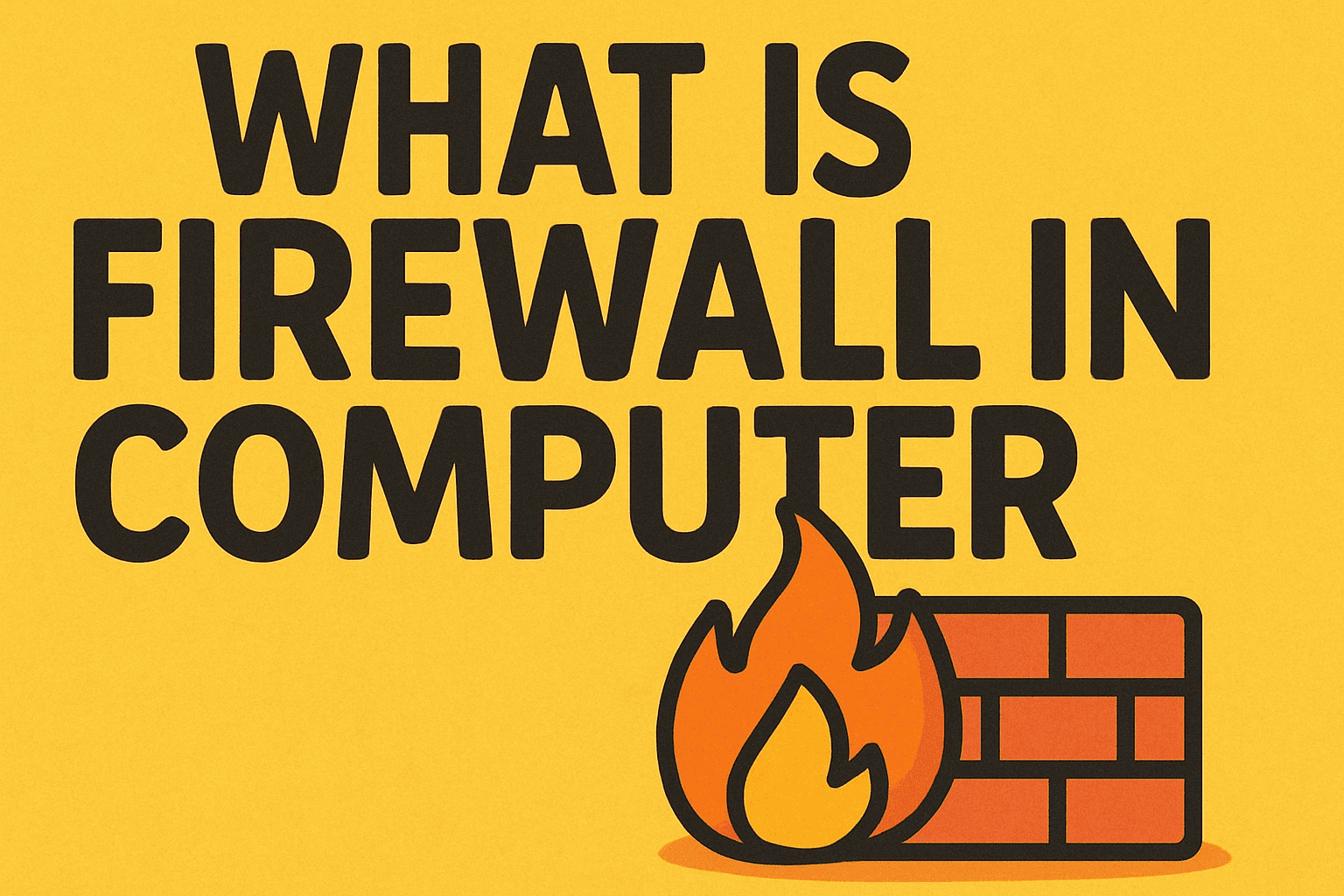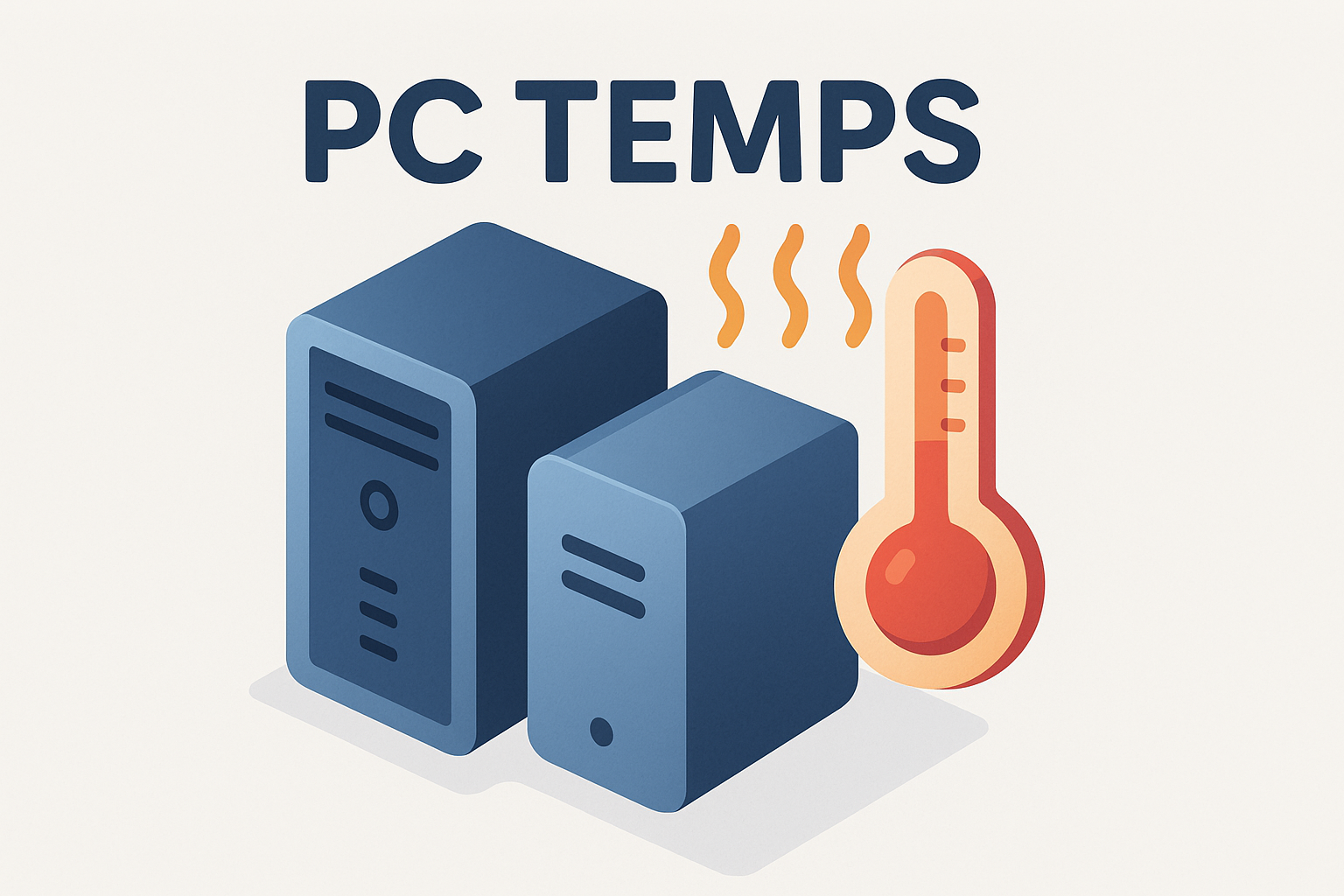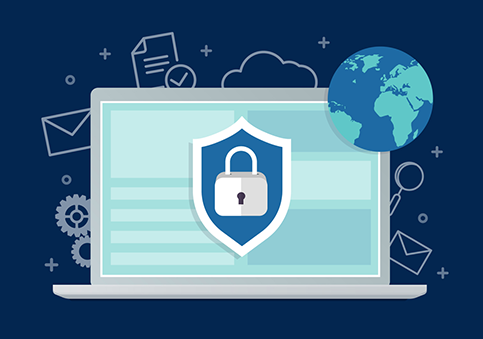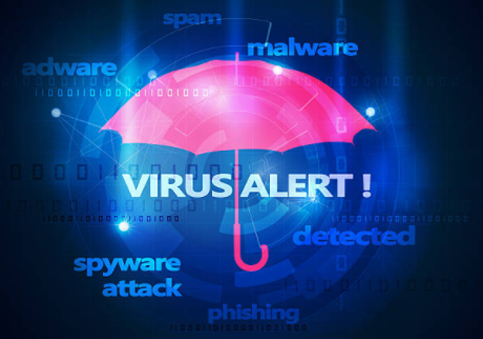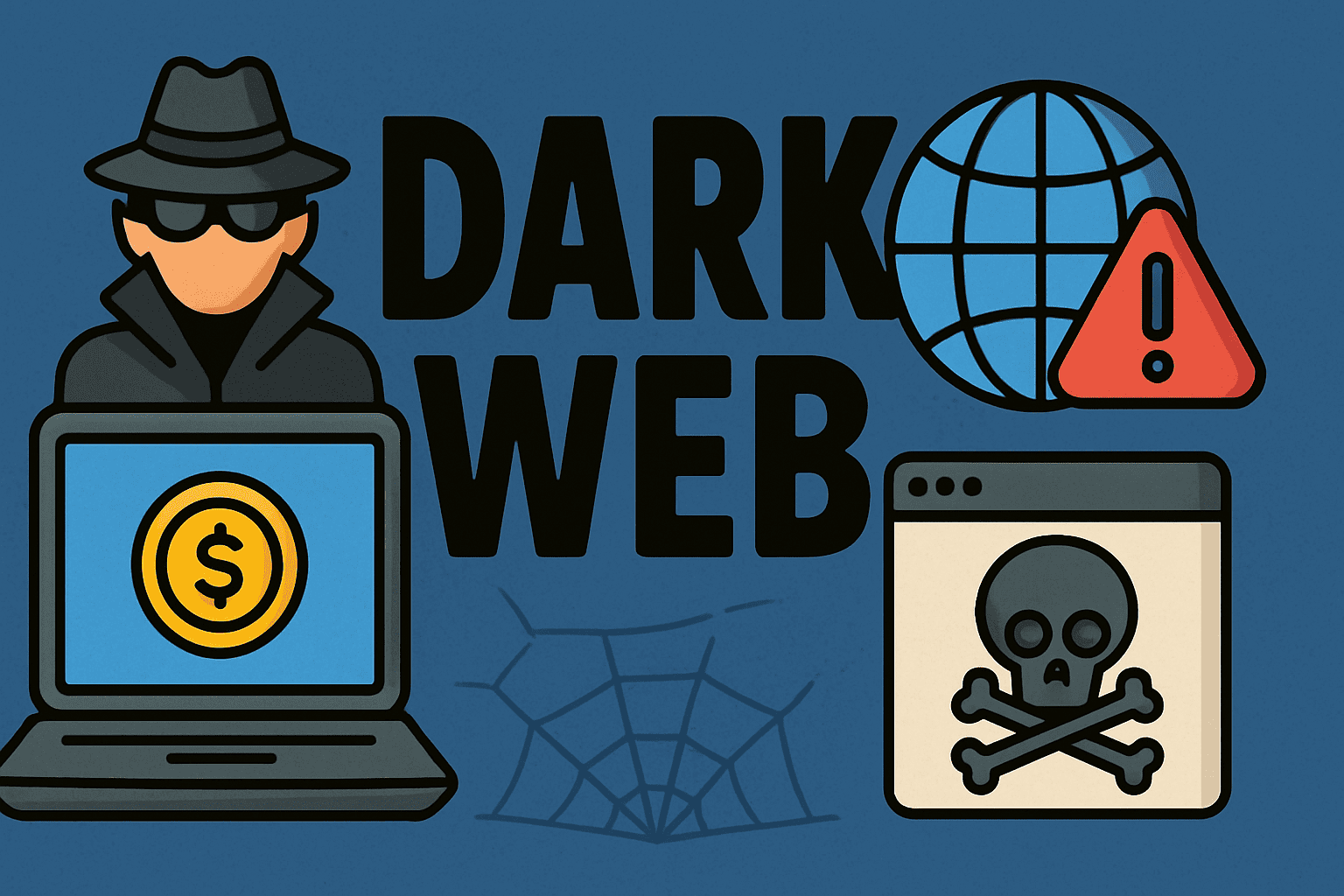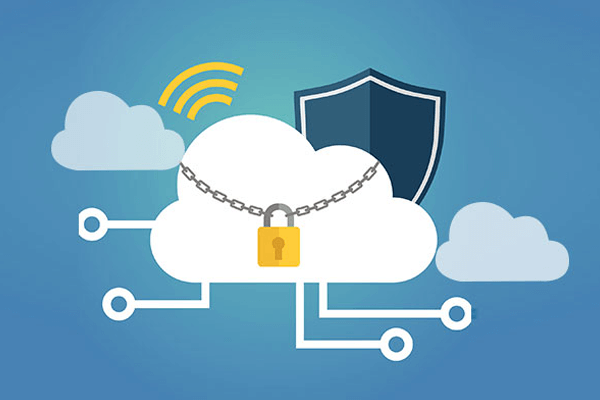What Is RTP? Understanding Real-Time Protection in Cybersecurity
Updated on November 5, 2025, by Xcitium
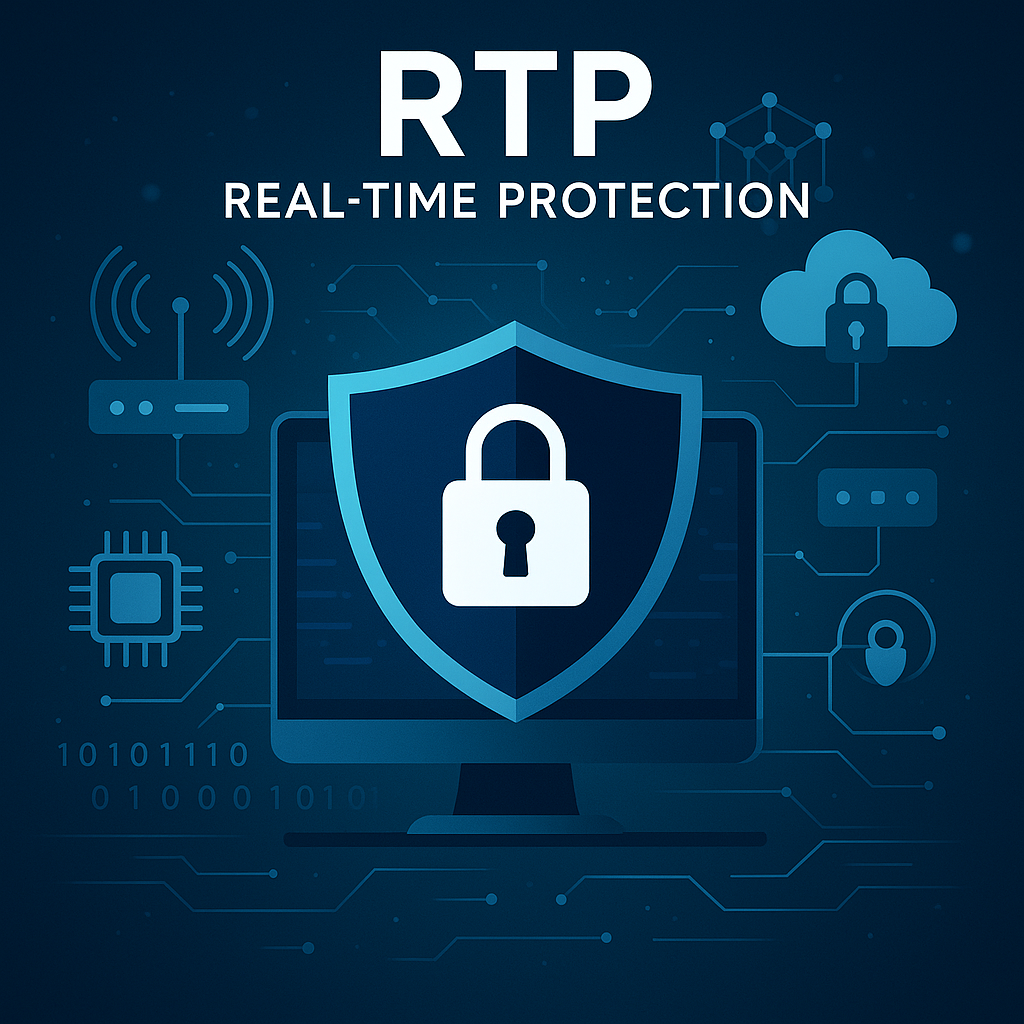
Have you ever wondered how your antivirus software detects and blocks threats the moment they appear? That’s the power of RTP — Real-Time Protection.
In an age where cyber threats evolve faster than ever, businesses and individuals need defenses that act instantly. RTP (Real-Time Protection) is one of the most critical layers of modern cybersecurity — constantly monitoring, detecting, and neutralizing malware before it causes harm.
In this guide, we’ll explore what RTP is, how it works, why it’s essential for businesses, and the best practices for maximizing its effectiveness.
What Is RTP (Real-Time Protection)?
RTP, or Real-Time Protection, is a continuous monitoring feature within security software that actively scans files, applications, and processes as they’re accessed or executed. Its goal is to detect and stop malware or suspicious behavior immediately, before it can infect or damage your system.
Unlike traditional antivirus programs that only perform scheduled scans, RTP works 24/7, providing live protection against threats such as:
-
Viruses and worms
-
Ransomware
-
Spyware
-
Trojans
-
Zero-day exploits
-
Fileless malware
In simple terms:
RTP acts like a digital security guard, constantly watching over your files and applications, ready to block any malicious activity before it spreads.
How Real-Time Protection Works
RTP uses advanced techniques and continuous system monitoring to stop attacks in real time. Let’s break down how it operates:
1. File and Process Scanning
Every time a file is opened, downloaded, or executed, RTP scans it instantly. It compares the file against known malware signatures and uses heuristic analysis to detect unfamiliar threats.
2. Behavior Monitoring
RTP doesn’t just look for known malware — it also analyzes behavior. If an application starts acting suspiciously (e.g., trying to modify system files or encrypt large volumes of data), RTP intervenes immediately.
3. Cloud-Based Threat Intelligence
Modern RTP solutions integrate with cloud-based threat databases that update in real time. This allows instant recognition of emerging threats seen across global networks.
4. Automatic Quarantine and Removal
Once a threat is detected, RTP isolates the file in a secure quarantine zone, preventing it from running or spreading.
5. Continuous System Watchdog
RTP runs silently in the background, monitoring running processes and network traffic for anomalies — even if the system seems idle.
Why RTP Is Essential for Modern Cybersecurity
Cyber threats today don’t wait. The average ransomware attack can encrypt an entire system in minutes. That’s why proactive protection — not just reactive scanning — is vital.
Key Benefits of Real-Time Protection:
1. Instant Threat Detection
RTP prevents infections before they can take hold, reducing recovery time and minimizing damage.
2. Defense Against Zero-Day Attacks
By using behavior-based detection, RTP can identify and block previously unknown threats before security vendors release patches.
3. Continuous Protection
Unlike scheduled scans that may miss threats between intervals, RTP operates non-stop, protecting endpoints and servers around the clock.
4. Reduced Human Error
RTP automates threat detection and response, minimizing the need for manual intervention.
5. Strengthens Endpoint Security
It forms a critical part of endpoint security architecture, safeguarding every device connected to the network — from laptops to mobile endpoints.
RTP in Cybersecurity Ecosystems
RTP is more than an antivirus feature — it’s an essential element of Endpoint Detection and Response (EDR) and Extended Detection and Response (XDR) frameworks.
1. Real-Time Protection + EDR
In Endpoint Detection and Response, RTP continuously feeds threat data into centralized monitoring systems. This helps security teams detect patterns, isolate affected devices, and respond faster.
2. Real-Time Protection + XDR
When integrated with XDR platforms, RTP contributes to a unified defense system across endpoints, cloud environments, and networks. It enables correlated threat analysis, improving detection accuracy across the entire infrastructure.
3. Real-Time Protection + Zero Trust
RTP complements Zero Trust security principles by validating every process or file, ensuring nothing runs without verification.
Types of Threats Detected by RTP
RTP identifies a wide variety of cyber threats in real time. These include:
1. Malware
Traditional viruses and worms that replicate or damage files.
2. Ransomware
Malware that encrypts files and demands payment for decryption keys.
3. Spyware and Adware
Software that secretly collects user data or displays unwanted ads.
4. Fileless Attacks
Malware that resides in system memory rather than on disk — often used to evade detection.
5. Rootkits and Trojans
Hidden malicious programs that provide remote access or control over infected systems.
By combining signature-based detection with AI-driven behavioral analysis, modern RTP solutions can catch both known and unknown threats.
Common Misconceptions About RTP
Despite its effectiveness, some users misunderstand how RTP works or assume it’s unnecessary. Let’s clear up a few myths:
❌ Myth 1: “Scheduled scans are enough.”
Traditional scans may catch dormant malware, but they can’t stop real-time attacks. RTP acts immediately, while manual scans react later.
❌ Myth 2: “RTP slows down my system.”
Modern RTP solutions use lightweight cloud-based scanning that minimizes performance impact.
❌ Myth 3: “I don’t need RTP because I’m careful online.”
Even cautious users are vulnerable to drive-by downloads, phishing, and software exploits. RTP provides a safety net for unpredictable risks.
❌ Myth 4: “RTP only protects files.”
RTP now monitors network activity, registry changes, and in-memory processes — offering far more than just file scanning.
Best Practices for Maximizing RTP Effectiveness
While Real-Time Protection is powerful, optimizing it ensures maximum efficiency and minimal disruption.
1. Keep Security Software Updated
RTP relies on threat definitions and algorithms that evolve constantly. Always enable automatic updates.
2. Combine RTP with Firewall and EDR
Use a multi-layered defense strategy that includes firewalls, intrusion prevention systems, and endpoint monitoring.
3. Schedule Deep Scans Regularly
While RTP runs continuously, periodic deep scans ensure no hidden threats remain dormant.
4. Enable Cloud Intelligence
Activate cloud-based analysis for faster response to emerging global threats.
5. Educate Users
Train staff to recognize phishing, malicious links, and unsafe downloads — complementing RTP with human awareness.
6. Monitor Alerts and Logs
Review system logs regularly to understand blocked threats and refine policies if needed.
7. Avoid Disabling RTP
Never turn off RTP for “faster performance.” Even brief periods without it can expose your system to malware.
RTP vs. Traditional Antivirus: What’s the Difference?
| Feature | Traditional Antivirus | Real-Time Protection (RTP) |
|---|---|---|
| Scanning Frequency | Manual or scheduled | Continuous (24/7) |
| Threat Response Time | Delayed | Instant |
| Threat Detection Type | Known signatures | Behavioral + AI-based |
| System Impact | Moderate | Minimal (cloud-assisted) |
| Zero-Day Defense | Limited | Strong |
| Automation | Basic | Advanced (auto quarantine/removal) |
Modern cybersecurity strategies rely on RTP as the core component of defense, with traditional antivirus now serving as an additional layer.
The Role of AI and Machine Learning in RTP
Artificial Intelligence (AI) has redefined Real-Time Protection by enabling predictive threat detection and adaptive responses.
AI Enhancements Include:
-
Behavioral Analysis: Recognizes anomalies in system activity.
-
Threat Intelligence Correlation: Aggregates data from global sources to identify attack patterns.
-
Adaptive Learning: RTP systems evolve as new threats emerge.
-
Automated Containment: Isolates compromised files or processes instantly.
Thanks to AI-driven innovation, RTP can now stop zero-day malware and fileless attacks that older systems would miss entirely.
Future of Real-Time Protection
As cyber threats become more complex, RTP will continue to evolve through:
-
Cloud-Native Security Architectures for faster global updates.
-
Integration with Zero Trust frameworks for identity-based verification.
-
Quantum-resistant encryption for next-generation threat resilience.
-
Automated remediation systems that not only detect but fix issues autonomously.
In the future, RTP won’t just protect systems — it will predict attacks before they happen.
Conclusion: Why RTP Is Critical for Every Business
In an era of ransomware, phishing, and zero-day exploits, Real-Time Protection is your first line of defense.
Whether you’re managing enterprise infrastructure or securing personal devices, RTP ensures threats are stopped before they can cause damage. It’s proactive, intelligent, and indispensable.
When combined with strong endpoint protection and user awareness, RTP forms the backbone of modern cybersecurity.
👉 Protect your systems with intelligent, AI-powered defense.
Request a Free Demo of Xcitium — and experience the power of real-time threat prevention for your organization.
FAQs About RTP (Real-Time Protection)
1. What is RTP in cybersecurity?
RTP stands for Real-Time Protection — a feature that continuously monitors systems to detect and block threats as they occur.
2. How does Real-Time Protection differ from antivirus?
Traditional antivirus performs manual or scheduled scans, while RTP provides instant, continuous protection against active threats.
3. Does RTP slow down computers?
Modern RTP is lightweight, leveraging cloud resources for scanning with minimal system impact.
4. Can RTP stop ransomware?
Yes. RTP can detect ransomware behavior — like rapid file encryption — and block it before significant damage occurs.
5. Is Real-Time Protection enough on its own?
RTP is a crucial layer, but it should be combined with firewalls, endpoint protection, and employee awareness for full security coverage.



